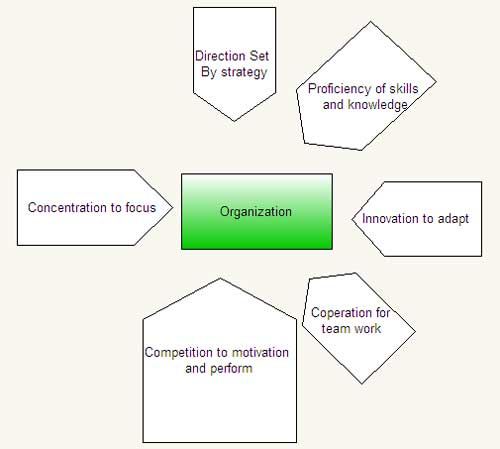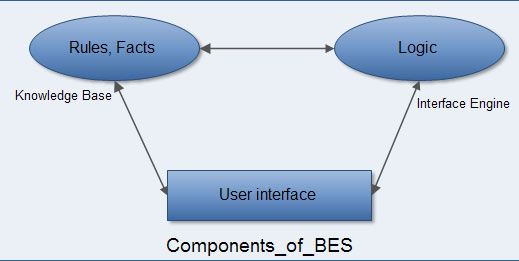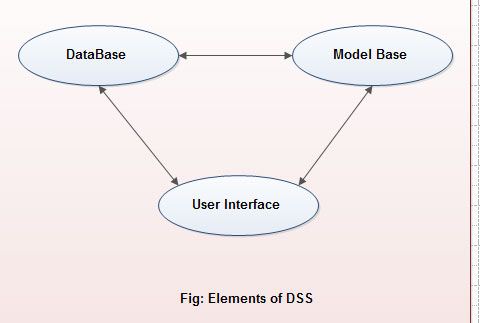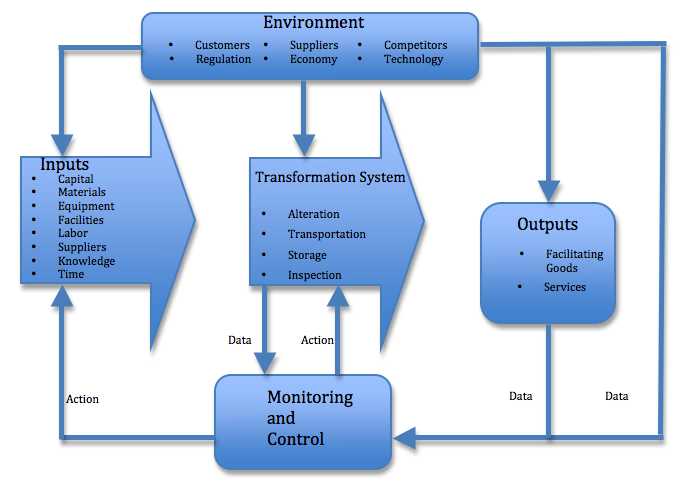DSS have been classified in different ways as the concept matured with time. As. and when the full potential and possibilities for the field emerged, different classification systems also emerged. Some of the well known classification models are given below:
- According to Donovan and Madnick (1977) DSS can be classified as,
- Institutional-when the DSS supports ongoing and recurring decisions
- Ad hoc-when the DSS supports a one off-kind of decision.
- Hackathorn and Keen (1981) classified DSS as,
1. Personal DSS
2. Group DSS
3. Organizational DSS
- Alter (1980) opined that decision support systems could be classified into seven types based on their generic nature of operations. He described the seven types as,
- File drawer systems. This type of DSS primarily provides access to data stores/data related items.
- Data analysis systems. This type of DSS supports the manipulation of data through the use of specific or generic computerized settings or tools.
- Analysis information systems. This type of DSS provides access to sets of decision oriented databases and simple small models.
- Accounting and financial models. This type of DSS can perform ‘what if analysis’ and calculate the outcomes of different decision paths.
- Representational models. This type of DSS can also perform ‘what if analysis’ and calculate the outcomes of different decision paths, based on simulated models.
- Optimization models. This kind of DSS provides solutions through the use of optimization models which have mathematical solutions.
- Suggestion models. This kind of DSS works when the decision to be taken is based on well-structured tasks.
- Modern classification of DSS are,
- Model Driven DSS is a DSS that uses a model (quantitative) based on heuristics, optimization, simulation etc. for deriving solutions to problems. It has access to the models and has flexibility of changing the parameters of the model. Real data or transactional data from databases of TPS is then passed through the model to arrive at the solution. The system is capable of producing different scenarios.
- Data Driven DSS is a DSS that gives access to time-series internal data. Data ware houses that have tools that provide facility to manipulate such data are examples of advances systems. Executive Information Systems are examples of data-driven DSS.
- Communications-driven DSS is a DSS that uses network and communications technologies to support decision-relevant collaboration and communication. In such systems, communication technologies are the most important component.
- Document-driven DSS is a DSS that uses computer storage and processing to provide document retrieval and analysis.
- Knowledge-driven DSS is a DSS that collects and stores ‘expertise’ so that it can be used for decision-making when required.
Components of DSS
Even though DSS can be of several types, fundamentally each DSS will have the following components:
- Interactive User-System Dialog Management Subsystem-DSS requires continuous user interaction. Sometimes the system should prompt the user to give an input at other time the user should be able to control the processing. A typical user system dialog management subsystem will have the following elements:
- User Interface – the user interface of a DSS has to be dynamic and GUI based. It has to be an easy to use user interface as most of the people who will be using it are not technical experts but management experts (top management) and hence the interface should be minimalist in design. Also the system should be able to interact with the user in a interactive mode and hence the user interface has to be dynamic.
- Request Constructor – since DSS works on an interactive dynamic mode, it needs a request constructor (incorporating aspects of Language Query Interface) which can convert the user’s instructors into model understandable form, the model’s data request to the database and the model’s instructions/requests to the user.
- Data Management Subsystem – data is the most important component of a DSS. Without the data a DSS cannot function. The data management subsystem manages the data for DSS. Data is accessed in a DSS in many ways like ad hoc basis, structured query basis and heuristic search basis and hence a strong data management subsystems is required to service the varied data requests from a DSS. The subsystem has the following elements:
- Database Management System – it is the data store for the DSS. It manages the data and performs all the functions that a typical DBMS package does. In fact, in most DSS a commercial DBMS or RDBMS package is used to perform this task.
- The Query Control – this is a tailored element to handle the query requirements of DSS. It may connect the database, directly to the user interface or to the model base or both.
- Meta Data – this contains data about the data that is stored in the database. This helps the DSS in understanding the data in the database properly and helps in creating ad hoc queries.
- Model Management Subsystem – this is the unique feature of a DSS. This makes the system special. However, this also makes the system very specific. There are very few examples of a generalized DSS as generalized models are not available. Those that exist work on half baked solutions. The model management subsystem may use different classes of models like,
- Optimization Models
- Simulation Models
- Heuristic Models
- Deterministic Models
- Predictive Models
Each class of model is useful to solve a specific class of problems like a routing problem or a scheduling problem or a combinatorial search problem etc. Model and Model Management has several connotations in DSS literature and there have been wide ranging definitions of these terms. The common strain that evolves from these plethora of definitions is that a model is conceived to consist of a solver, a model for solving a problem and data (Ramirez, 1993) where model represents relationships between variables, data represents the values of the variables under consideration and the solver is the tool that enables the computation of the variable values and their relationships. It has been also conceptualized in some literature as a procedure which works on the data to give an output after analysis.
The model management subsystem has the following elements:
- The Model Base Management System-A model base or rather a model base management system is software is conceptually like what the DBMS is to data which has the capabilities to manage a model for it to be useful to the decision maker. It is the core of a DSS. It supports generation of models and works with data on one hand and the user supplied instructions on the other.
- The Model Command Processor-is the entity that processes the commands coming from the dialog management subsystem.
- The Model Executor or Solver- is the heart of the system. It is the process through which the model is solved using some algorithm. It works with the model as generated by the model base with instructions from the user, the request constructor (dialog management subsystem in general) to get the parameters of the model from the user and data from the data management subsystem. It then solves the problem and displays the results and some variations of the best fit solution through the dialog management subsystem. The alternative solutions as provided help the user in decision-making.





